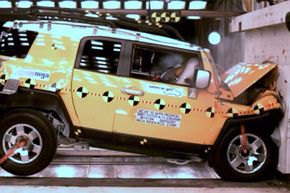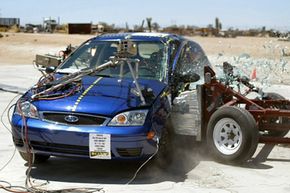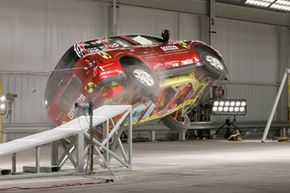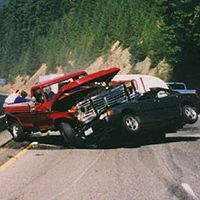Buying and selling cars can be a pretty subjective process. Car buying can come down to what the buyer likes, so a large part of car selling is about figuring out what that might be. But there's one part of buying cars -- and selling cars -- that's as objective as possible: safety ratings.
By law, every car on the U.S. market has to meet certain safety standards set by the federal government. But most car buyers want cars that go beyond those standards. Short of crashing on your test drive, how can you determine if the car you're interested in is safe?
Advertisement
You really can't. Sure, cars can be stuffed with airbags and safety systems, but until those systems are called upon to prevent crashes and protect occupants, you really can't know how well they work. Yet, when you're buying a car, how those systems work is one of the most important and least subjective parts of the buying process. Car buyers simply want to know how safe a car is.
That's where safety ratings come in. Safety ratings are the results from crash tests, which show, as scientifically as possible, how a car's safety systems perform during collisions. In some cases, the ratings also show how adept the systems are at preventing a crash. While there are private organizations that give safety ratings, ratings from the National Highway Traffic Safety Administration (NHTSA) are required before a car can be sold in the Unites States and those ratings must be displayed on a car's window sticker.
Advertisement




